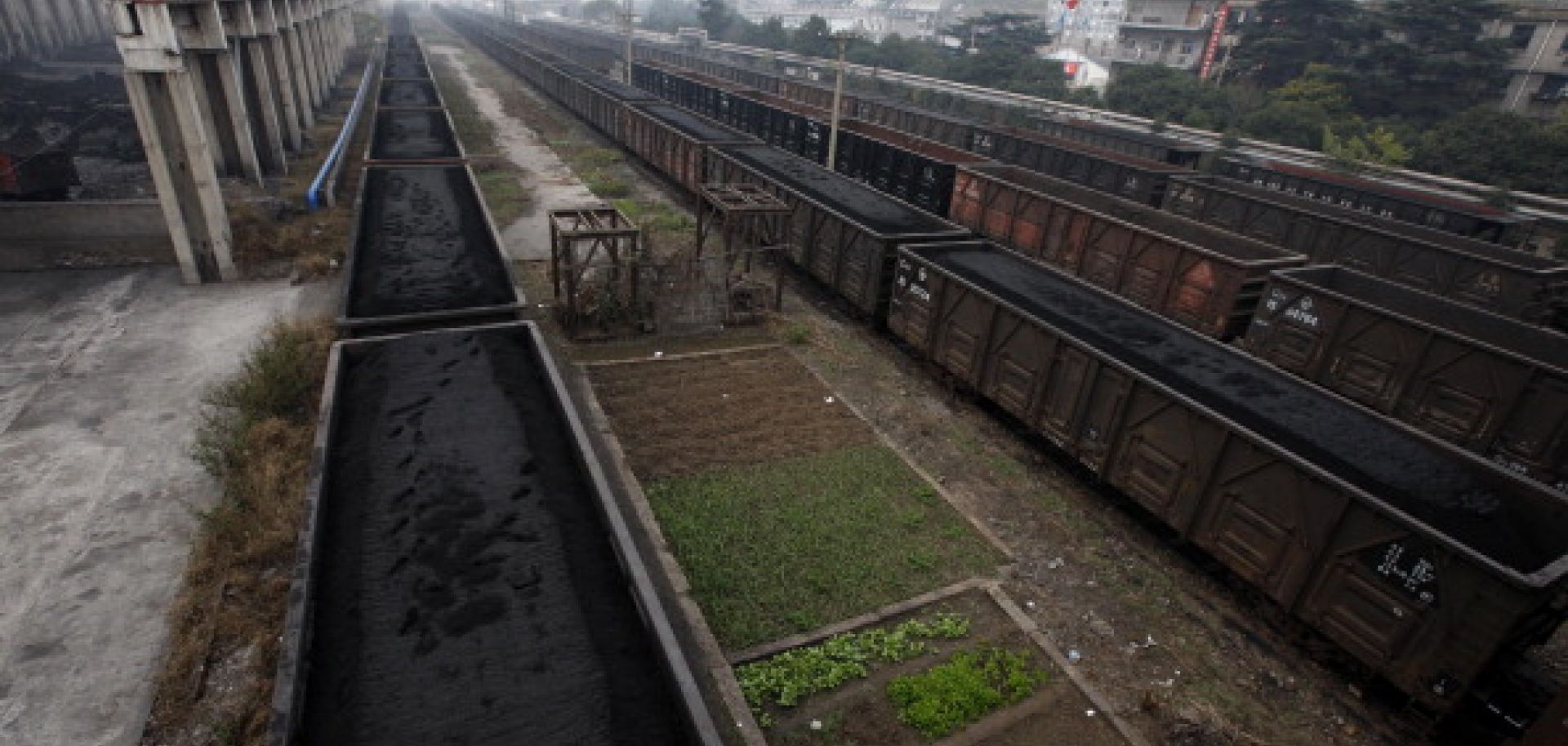ASSESSMENTS
China: Evolutions in the Coal Sector
Sep 10, 2012 | 10:32 GMT

STR/AFP/Getty Images
Summary
As part of a plan to double the amount of railway capacity it owns, China's Shenhua Energy Company is in talks with the Ministry of Railways to invest 10 billion yuan ($1.6 billion) in rail expansion projects in the coming months. The projects would help increase the amount of rail capacity Shenhua owns — currently almost 1,600 kilometers (994 miles) — to 3,170 kilometers. The expanded rail lines will better link major mining operations such as Datong in Shanxi, Ganqimaodu and Zhungeer in Inner Mongolia, and possibly the enormous Tavan Tolgoi mine in Mongolia to Shenhua's major eastern ports in Huanghua and Tianjin. From there, the coal most likely will be shipped to southern Chinese coastal cities in Guangdong and surrounding provinces, where demand is high but local reserves are scant.
Shenhua and China Coal Energy Co., the country's two largest state-owned mining enterprises, are investing heavily in railway expansion, port development and power-generation assets. Doing so enhances these companies' (and by extension, Beijing's) control over every step of the mining process and furthers the central government's overall strategy of streamlining and consolidating China's coal industry — a complicated plan, given the geography, politics and economics involved.
Subscribe Now
SubscribeAlready have an account?
